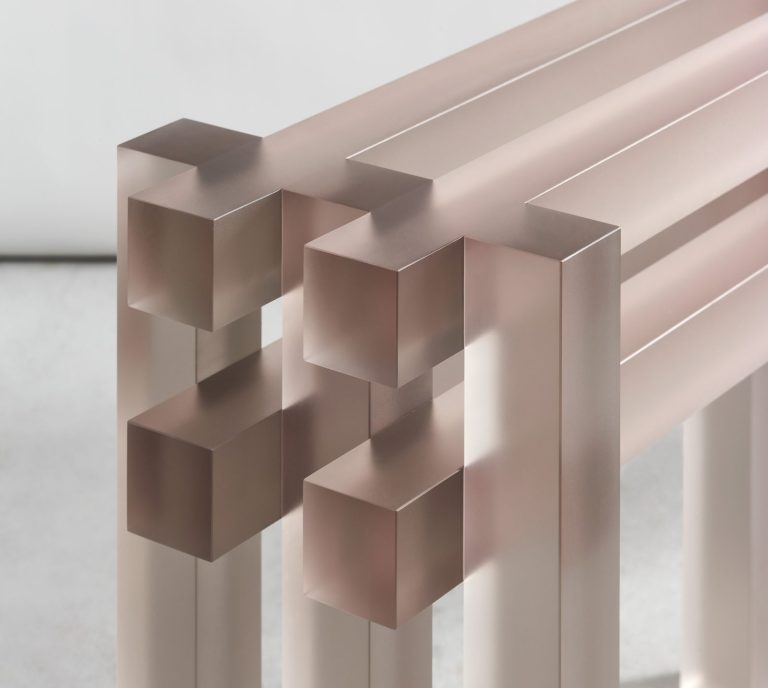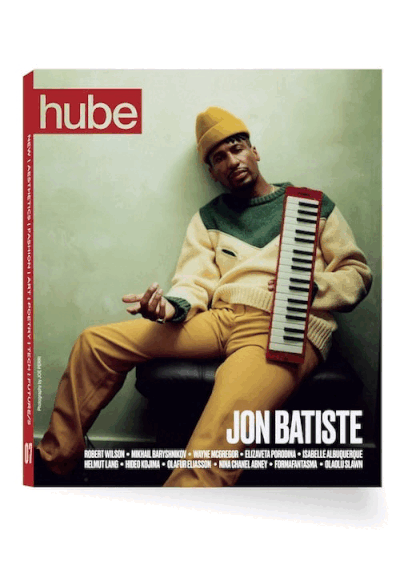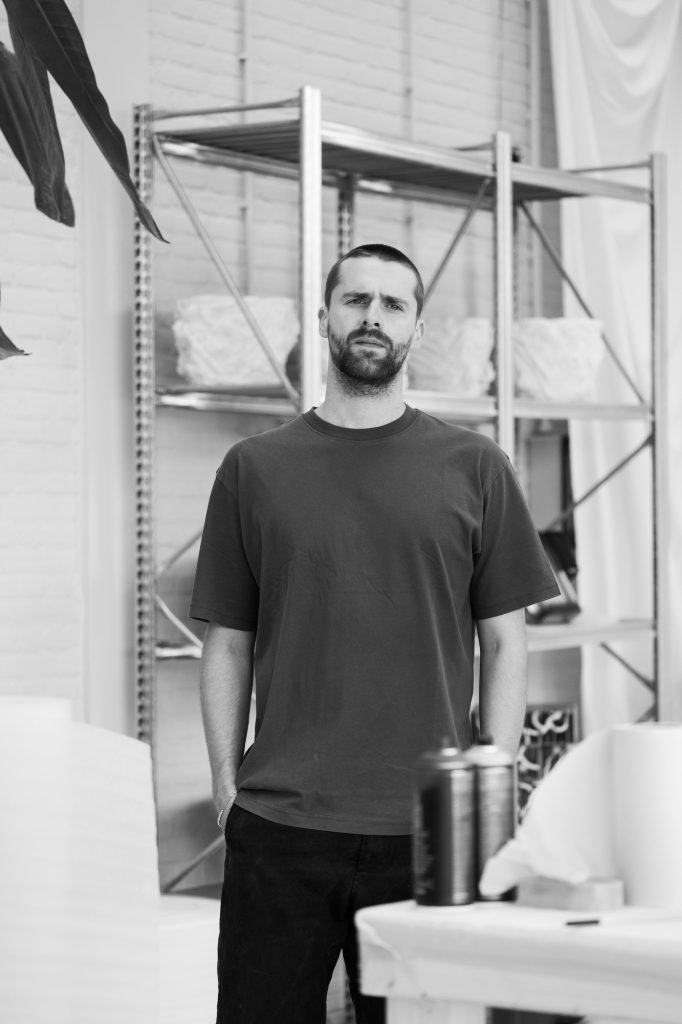
Photography by TITIA HAHNE
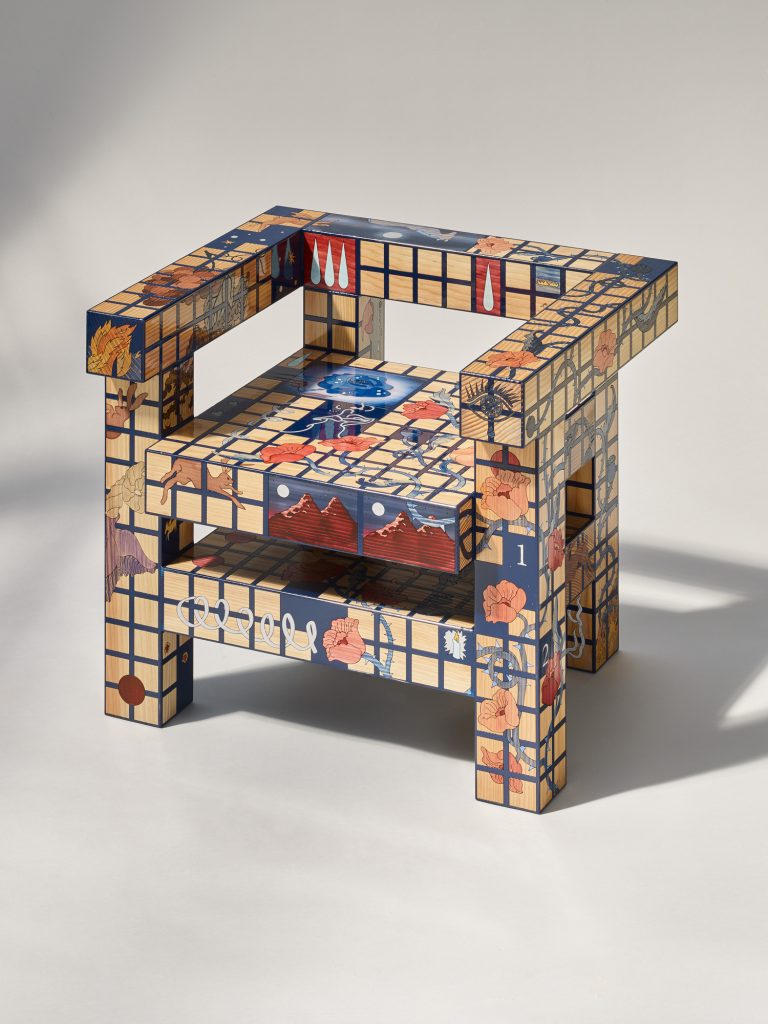
Fever Dreams Chair
Photography by MATHIJS LABADIE
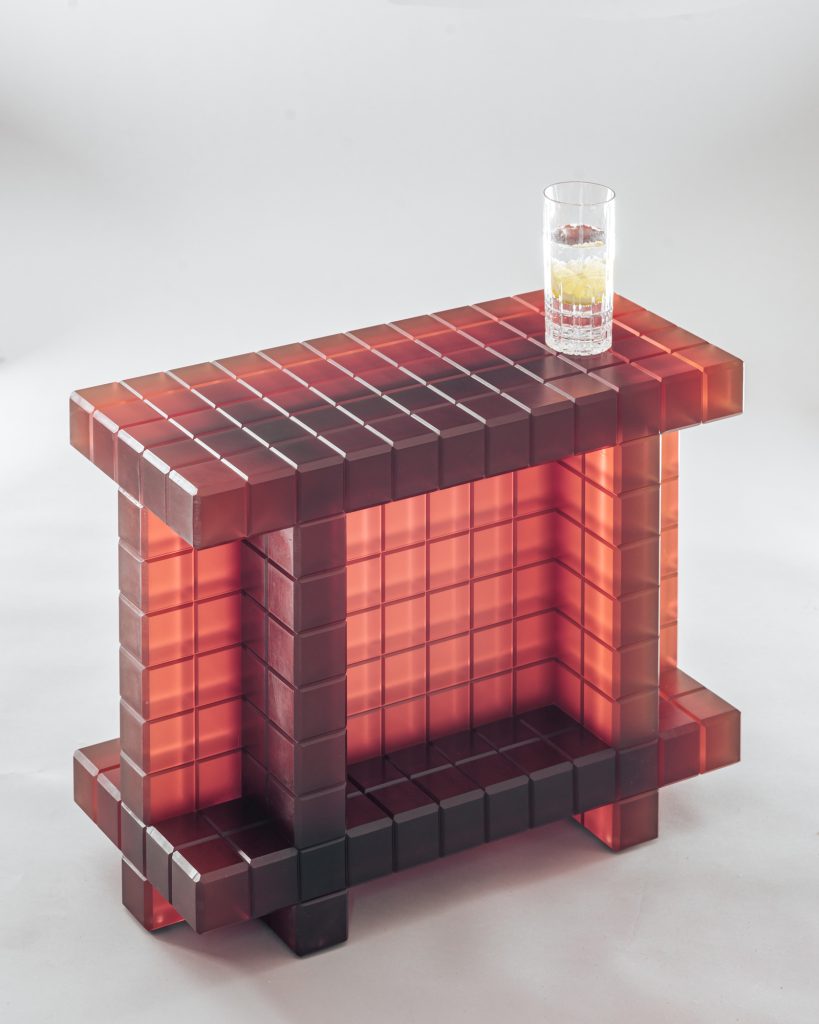
Metropolis square side table
Meet Laurids Gallée – a designer who refuses to be confined by traditional definitions of function and form. Known for his innovative use of materials and a passion for exploring the conceptual side of design, Gallée’s creations occupy a fascinating space between sculpture and utility. He doesn’t just design objects; he creates pieces that provoke thought, challenge expectations, and often leave you wondering whether they belong in an art gallery or your living room. Whether it’s a lamp that behaves like a sculpture or an experimental mix of materials, Gallée’s work is about more than just utility – it’s about creating pieces that make us feel.
hube: Your work often seems to challenge traditional notions of utility in design. How do you view the tension between an object being purely functional versus serving as a statement piece? Is there a moment in your design process when you decide which direction to lean?
Laurids Gallée: I’ve always been more fascinated by the statement side of things rather than functionality. While I was trained as a designer, and I do create functional objects, my real passion lies in the creative journey. To me, the object is almost like a canvas. Painters have their canvas, and I have the form of an object – it’s just a base for exploring the concept, the history, and the artistic expression. I know some amazing designers who excel at creating purely functional pieces, but I prefer to leave that behind and focus on what inspires me creatively.
h: Would you say this creative journey happens intuitively for you? Or do you have to consciously focus on it during your process?
LG: It’s funny – sometimes I find it hard to move away from functionality! I might start with an idea that’s purely about materials – like combining two textures I’ve noticed in the world – and immediately my mind starts designing a functional object around it. I guess it’s just in my training. I’m working to push past that and allow myself more freedom to explore form without having to justify it with function. But for now, functionality is a safe zone I tend to stay in.
